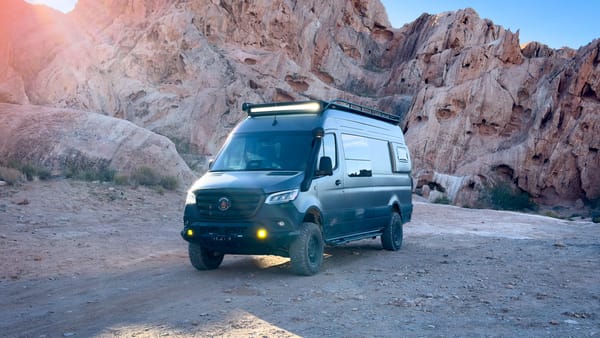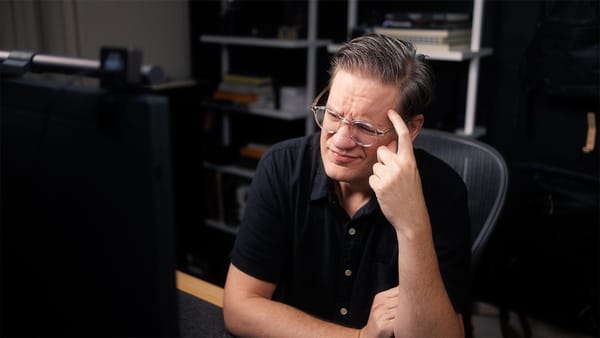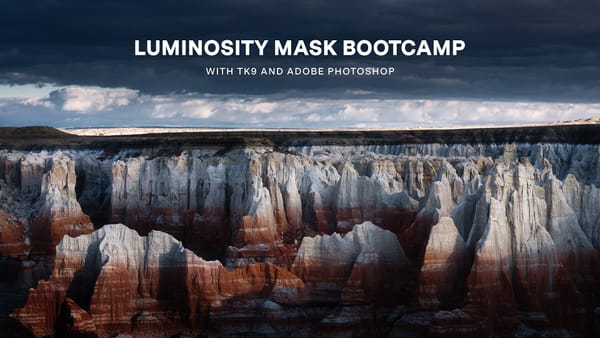The biggest print I've ever made
Upscaling a drone image nearly 4x to create a huge print, with surprising results
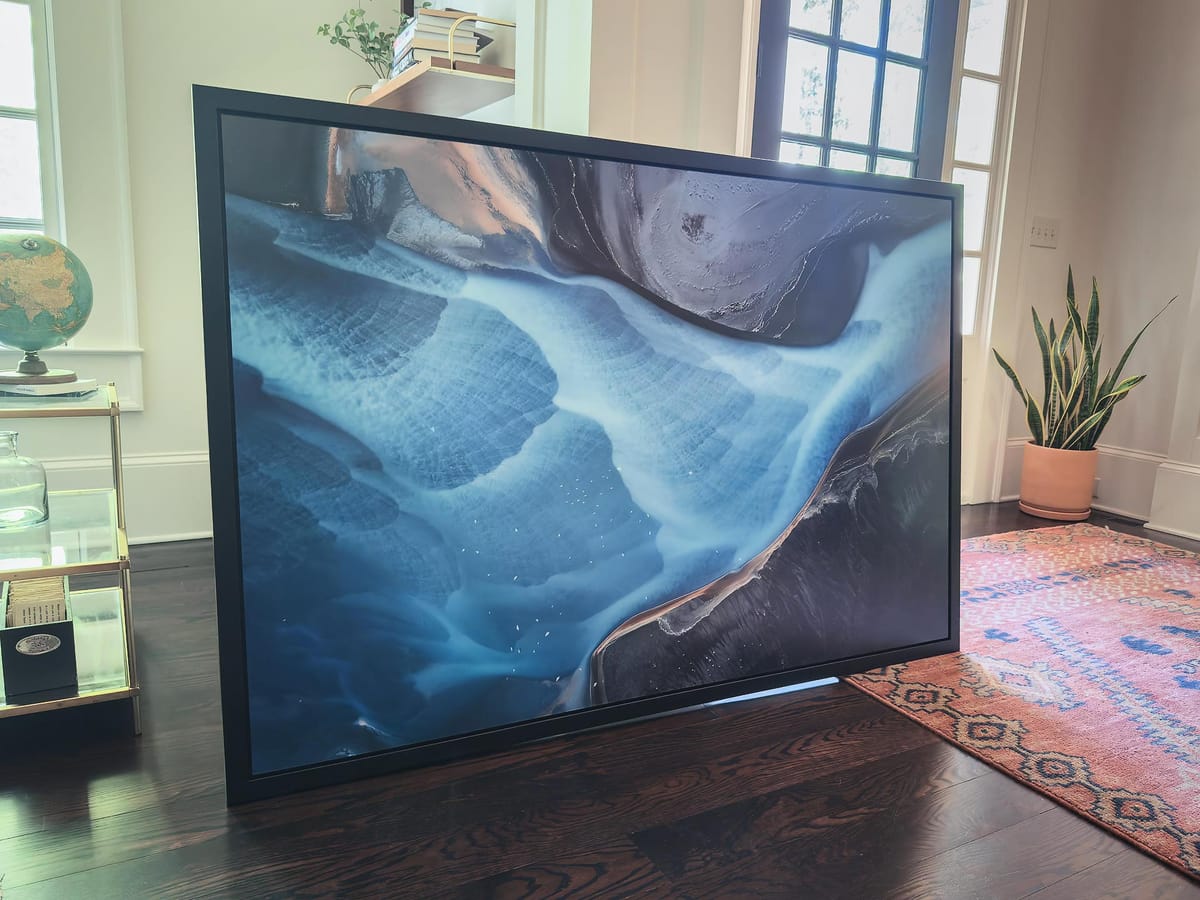
A few months ago, an old friend I hadn’t heard from in a while reached out. They wanted a photography print of one of my images for their home.
Of course, I said yes.
I figured they’d ask for an 8x10, or maybe a 13x19. At most, an 18x24.
Nope.
To my surprise, they wanted a 40x60 inch print. Forty by sixty. That's five feet wide!
And then came the real curveball: they wanted a drone image I captured a few years ago in Iceland.
I almost turned them down. Upscaling a 20 megapixel drone photo to this size without introducing pixelation or softness felt nearly impossible.
Still, I wanted to make the print work.
I processed the drone's raw file using DxO PureRaw (which has much better lens correction profiles for DJI drones), edited it in Lightroom/Photoshop, then upscaled the final image using Gigapixel 8 to 40x60 inches: a 400% resolution increase. I then uploaded the upscaled image to Whitewall and ordered a silver halide test print at actual size (test prints are exactly the same as real prints, but with watermarks).
Then, we waited.
When the huge mailing tube arrived a week later, I held my breath. Nervously, I unrolled the test print on a long dining room table.
The print didn't just look good. It looked fantastic.
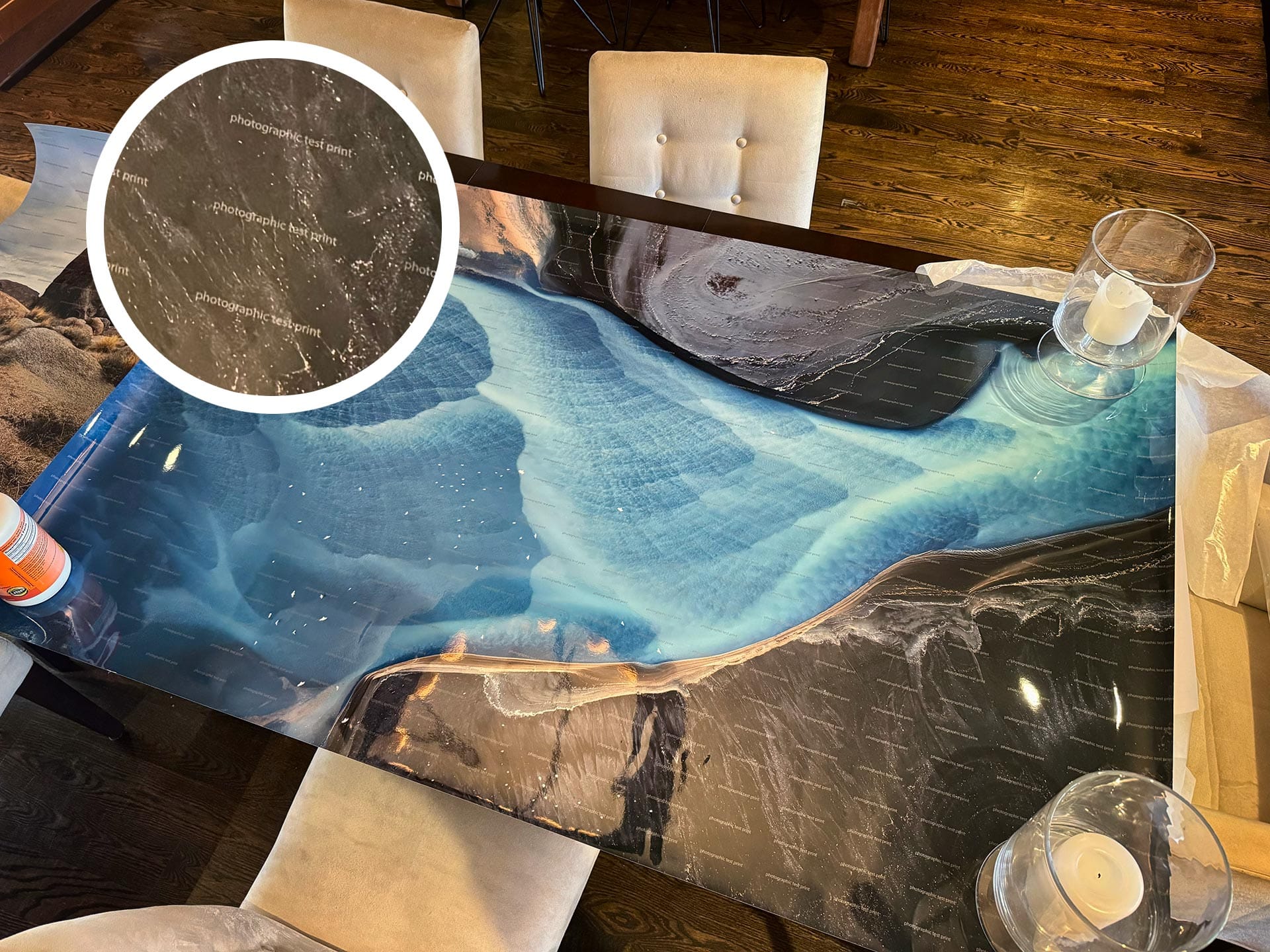
I brought the test print to my client’s house, temporarily hung it on their wall with gaffer’s tape, and it looked even better in place. The size was perfect for the large wall he intended to hang it on.
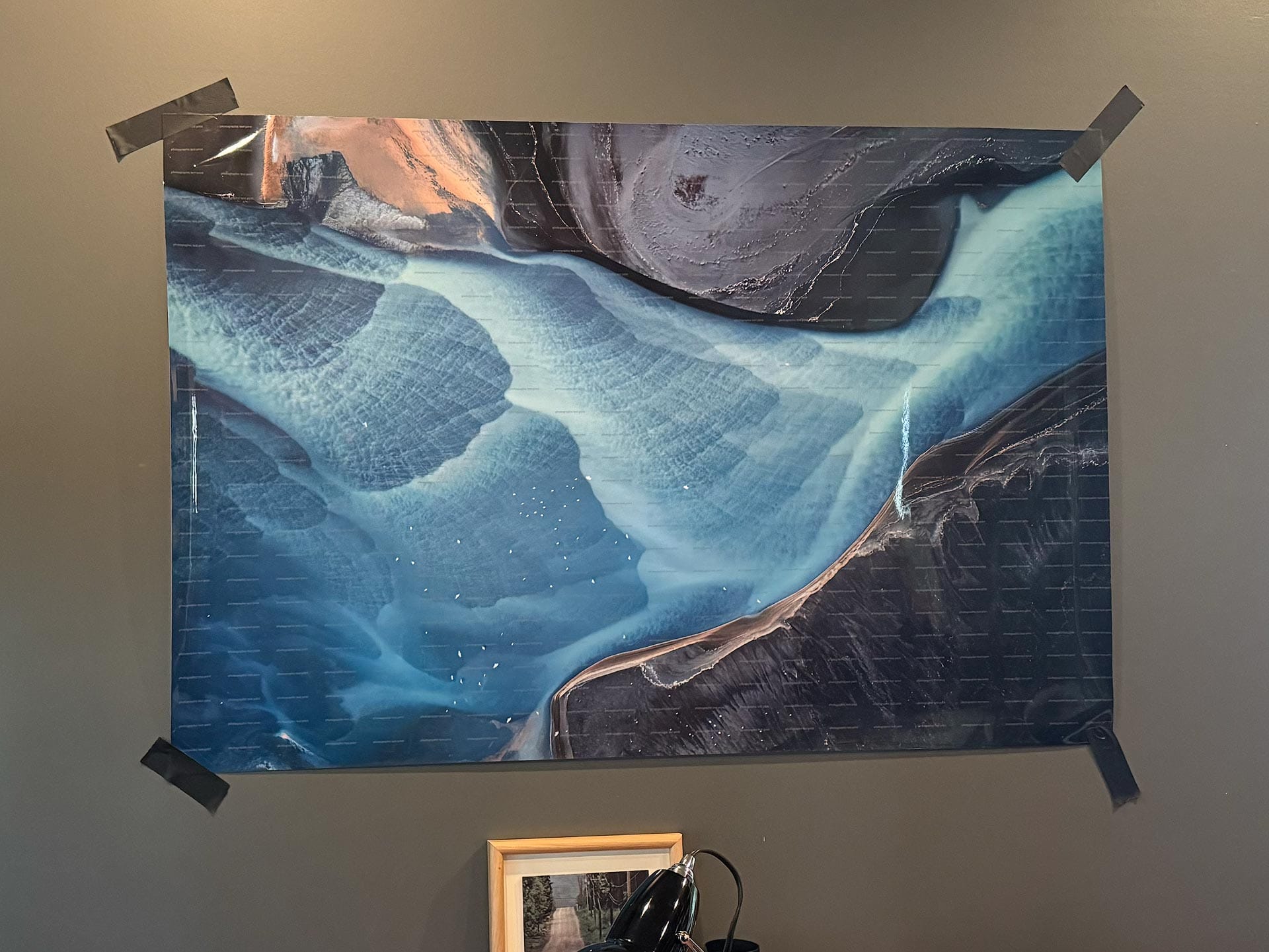
The final print was mounted on aluminum dibond, topped with a matte acrylic front, and framed in a black oak shadowbox. I snapped a photo on my phone shortly after it arrived, as seen below.
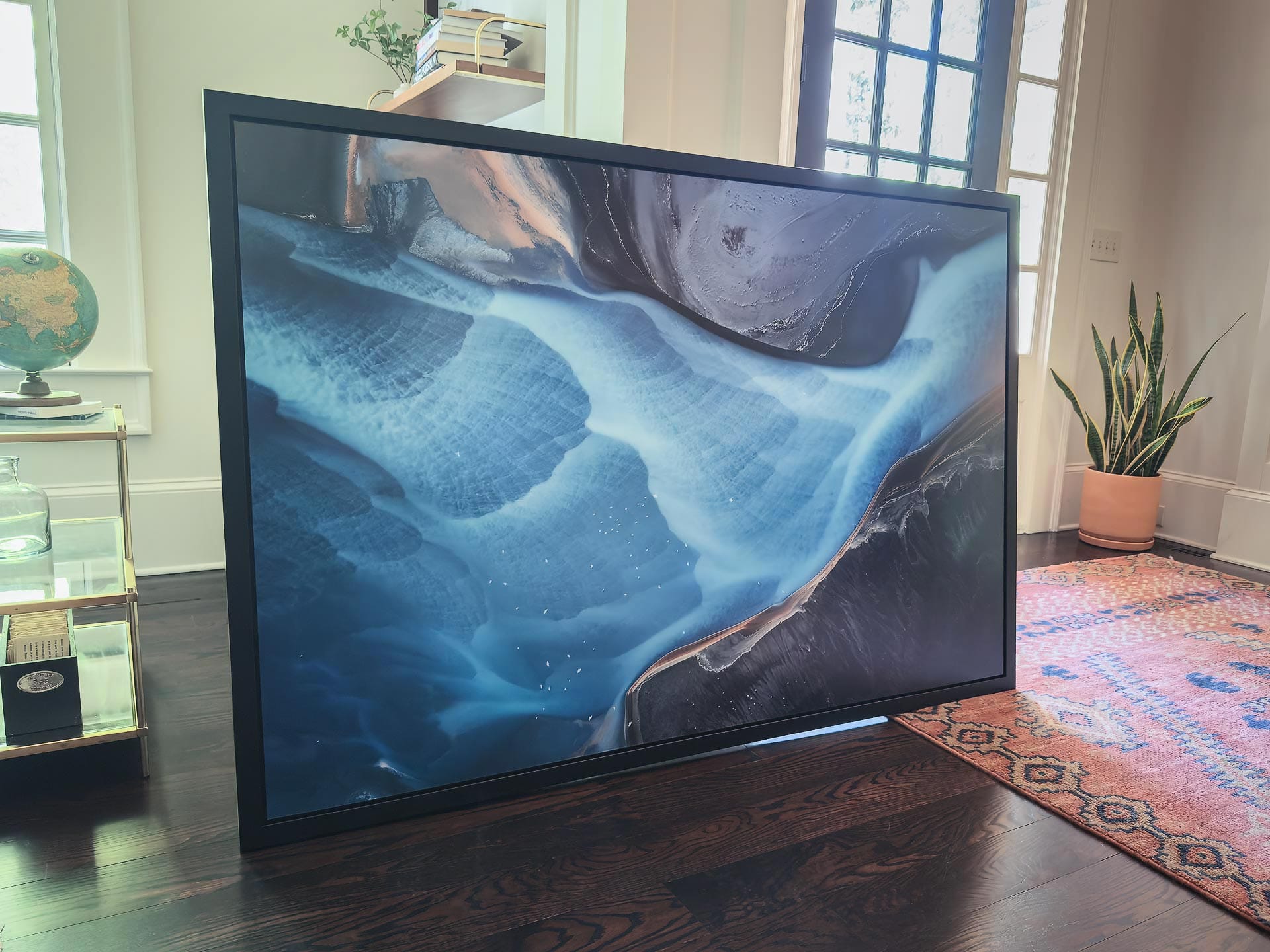
I chose silver halide paper (like Fuji Crystal Archive) because these prints are created through a photographic process, where light exposes the image directly onto the paper’s emulsion. Unlike inkjet printing, which forms images by spraying tiny dots of ink, silver halide printing produces a “continuous tone,” resulting in smooth, natural gradations of light and color (which would help counteract any undesirable aliasing or pixelation in the upscaled digital image).
This combination — high-gloss silver halide paper softened by a matte acrylic face — turned out beautifully. The glossy paper preserved deep color and fine detail, while the matte acrylic subdued the shininess; giving it a more painterly, elegant feel.
For this particular image and print, it's the best of both worlds.
This Iceland image wasn’t simply the largest print I’ve ever made — it was also the largest upscale from an original file I’ve ever attempted.
Which just goes to show: you don’t always need a super high-megapixel camera to create a stunning, large photography print.
Speaking of prints, I've been working off and on throughout 2025 on an online store. It's taking awhile to decide which prints I want to offer, how I want them to be printed, plus the rigamarole of setting up the store itself. Crossing fingers for a launch later this year.
